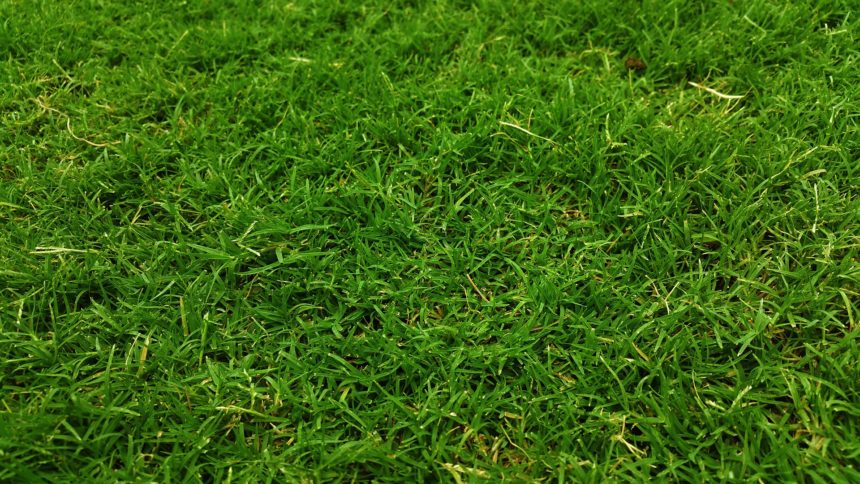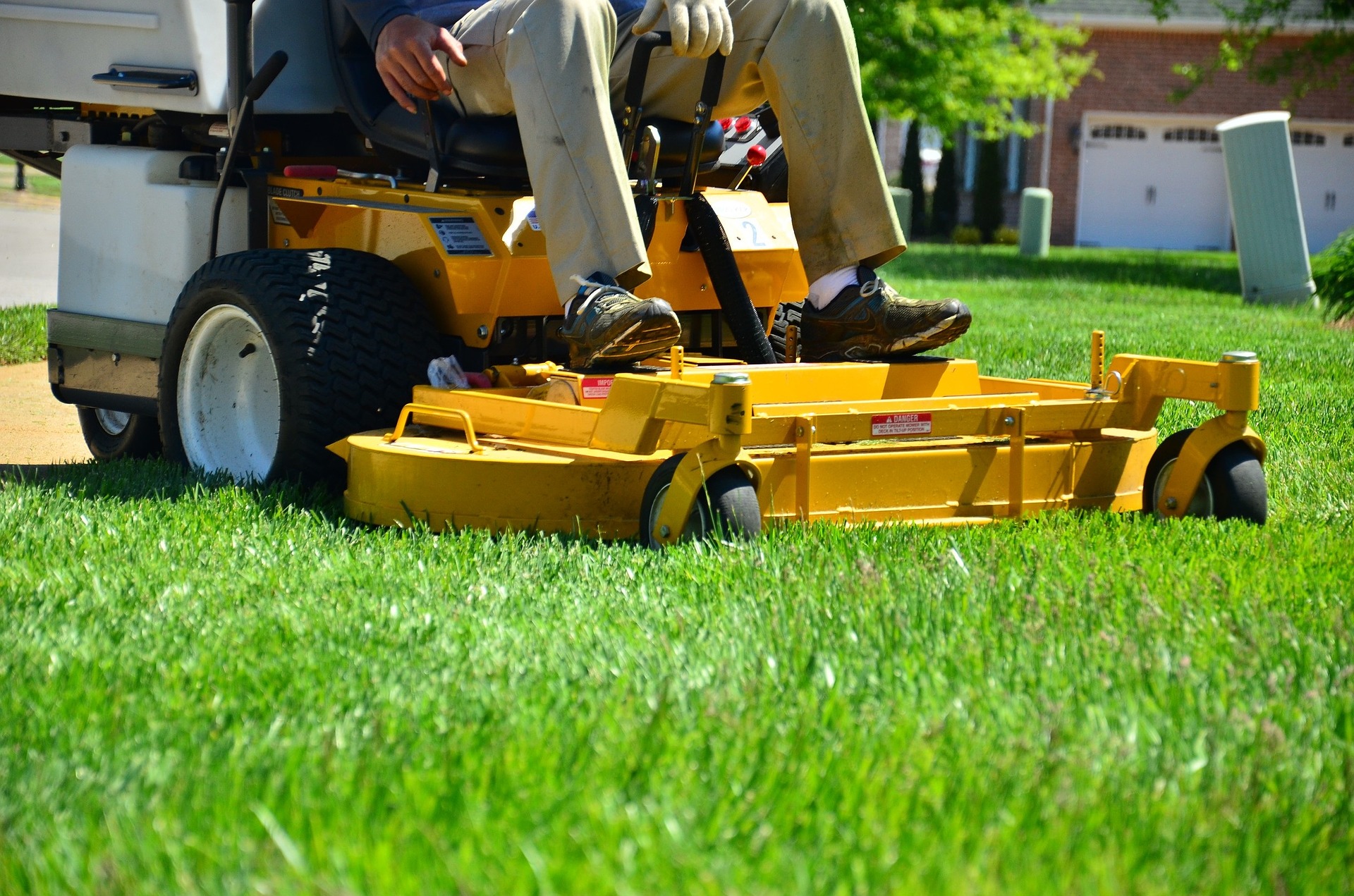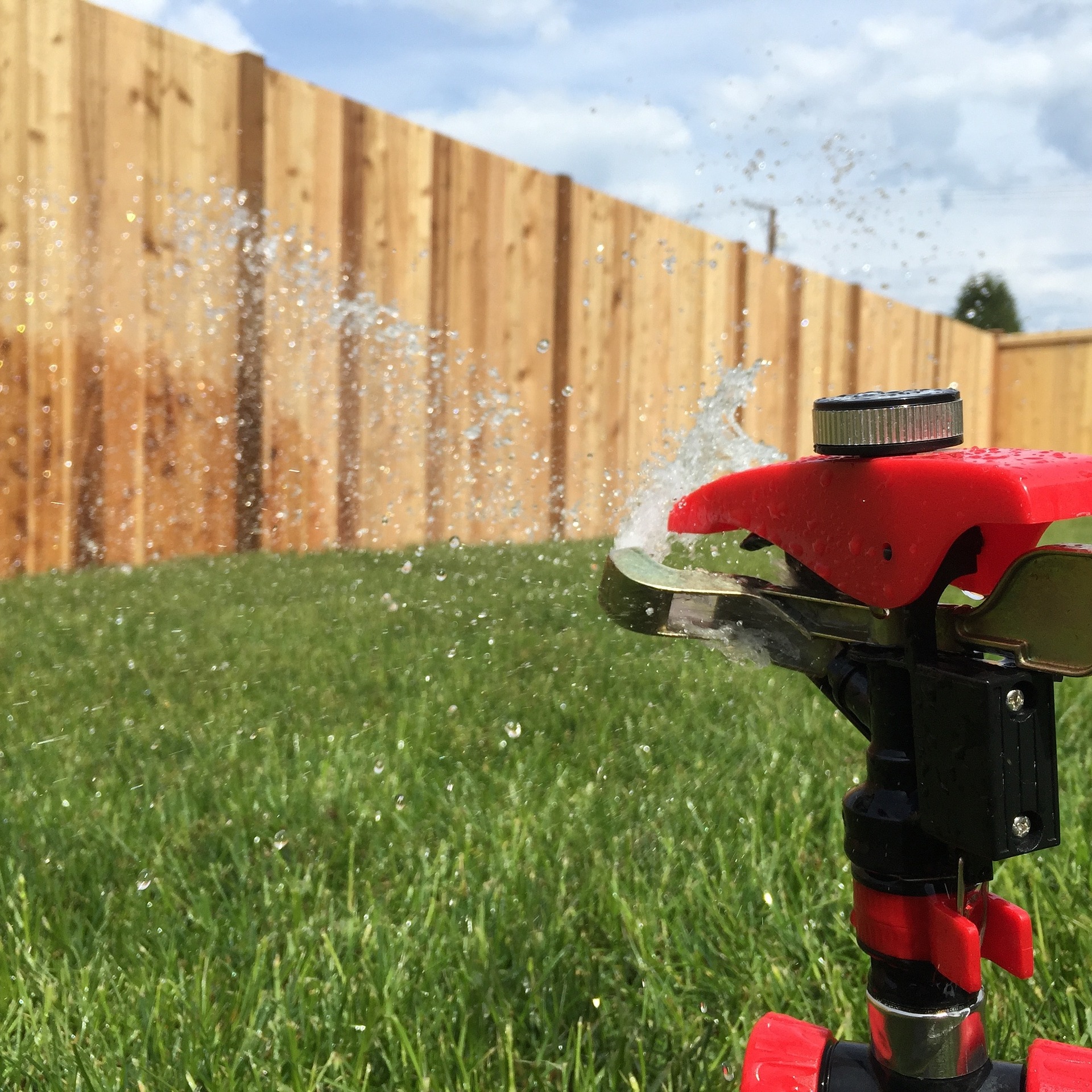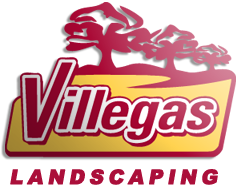Frequently Asked Questions: Fertilization

Keeping a vibrant yard is a tough task. One way to successfully do this is to fertilize your yard. Fertilization makes your grass greener and can improve how strong the turf is. While it isn’t required by any means, but it can help strengthen the yard immensely. Fertilization is completed by adding nitrogen through various means to the yard. Nitrogen enhances grass’s ability to grow stronger and brighter. Through the act of lawn fertilization, you will have the yard that impresses anyone who gets the pleasure of visiting.
Types of Fertilizer?
There are various types of fertilization, both organic and inorganic. Inorganic is easier and typically cheaper to use, however is not the cheapest choice. Among the choices is the fertilizer that you can purchase in stores and while this these fertilizers can really enhance the look of your yard, it can also be dangerous for local waterways. Organic fertilizer includes things such as grass, compost and clover. Each of these can result in increasing your lawns nitrogen levels, causing stronger grass roots and the bright green lawn you desire. However, fertilizing with each is a much different process.
To fertilize with grass, you must perform an action called grasscycling, which utilizes grass clippings to fertilize the yard. Even though this is a simple solution, it doesn’t cover all the fertilizer that you may need. Fertilizing with compost is much like fertilizing with inorganic solutions. Utilizing compost is a tactic that is growing in popularity, as it provides a slow supply of nitrogen to the lawn. Spreading a thin layer of compost over your lawn should allow you to see your grass and the compost will dissolve, adding nitrogen to the area it covered. You can also add some clover to your yard, as this organically adds nitrogen to the yard (through the plants chemical process). Since clover has the same shade and doesn’t grow tall, it can be hidden in your grass, or be a great reminder of St. Patrick’s Day.
What Tools Are Needed?
To accomplish a successful fertilization, you could need a variety of tools, each of which depend on what fertilizer you plan to use. Each technique requires a different tool and these tools will help bring your lawn to the next level. If using inorganic fertilizer, you have a choice of what tool you want to use to spread it. You can use a broadcast /rotary spreader, a drop spreader, or a handheld spreader. Each perform the same task (spreading fertilizer), but they do it in different ways and work better in different yards. For large yards, you’ll want either a broadcast or rotary spreader, as this covers a large area. A drop spreader works best for the suburbs, but is a bit pricey, so you could also opt for a handheld spreader. Handheld spreaders are best for smaller yards, as the application can be tiring (supporting the weight), but can also work best as you can alter how much you disperse.
Even though spreaders work well, sometimes there’s spills or you dump too much in one area. The solution to this is spreading it with a stiff broom. A stiff broom is also needed when using compost as fertilizer, as that is the easiest way to spread it evenly and light enough. For grasscycling, you’ll want a special pair of mulching blades for your lawn mower. These blades will cut the grass finer, which allows it to be absorbed quicker.
When Should I Do What?
Fertilization happens at different times depending on what type of grass you have in your yard and whether it’s a warm-season grass or a cool-season grass. An easy gauge is if you live in a southern area, you typically have warm-season grass, and if you’re in the north, like the Hudson Valley, New York or Connecticut, you typically have cool-season grass. For warm-season grasses, you can fertilize in the late spring/early summer and again in the late summer. For cool-season grasses, you’ll want to fertilize in early fall. These times  help differently, as in the north, you want strong green grass as early as possible in spring, which fertilizing in the fall will provide. In southern areas, you want your grass to maintain its appeal all year round, so you fertilize multiple times.
help differently, as in the north, you want strong green grass as early as possible in spring, which fertilizing in the fall will provide. In southern areas, you want your grass to maintain its appeal all year round, so you fertilize multiple times.
Other processes that accompany fertilization also determine when you will fertilize. If you plan on aerating your lawn, you should do so before fertilizing. As far as watering with fertilization, you should water around the fertilization. Water prior to the fertilization, about a day or two in advance, then water after fertilizing. This light watering after the fertilizing helps to mix it with the soil, prompting better results!
Fertilization Issues?
There are some issues with fertilizing. The biggest one is inorganic fertilizer washing into the local waterways and contaminating the water. This is a widespread issue and is a problem because homeowners are over fertilizing and the excess is washed away. The solution to this issue is either using organic fertilizer, as mentioned above, light application of fertilizer or allowing professionals to handle the application. If you are referencing the back of inorganic bags for how much to fertilize, try to halve the amount, as they over-shoot the necessary amount. The other biggest issue is when homeowners waste fertilizer. While fertilizing prior to a small rainstorm can be helpful, a moderate or heavy rainstorm will wash away the fertilizer and leave your lawn no better off than before.
When to Apply Fertilizer – Quick and Easy Fertilizing Guide – Tips for Fertilizing
Share This Post
Recent Posts
- Treating Your Lawn During a Drought July 15, 2017
- 7 Tips for Mowing your Lawn July 2, 2017
- 5 Great Outdoor Entertainment Ideas June 23, 2017
- Introduction into Deadheading June 19, 2017
- Pesky Pests : Japanese Beetle June 10, 2017
